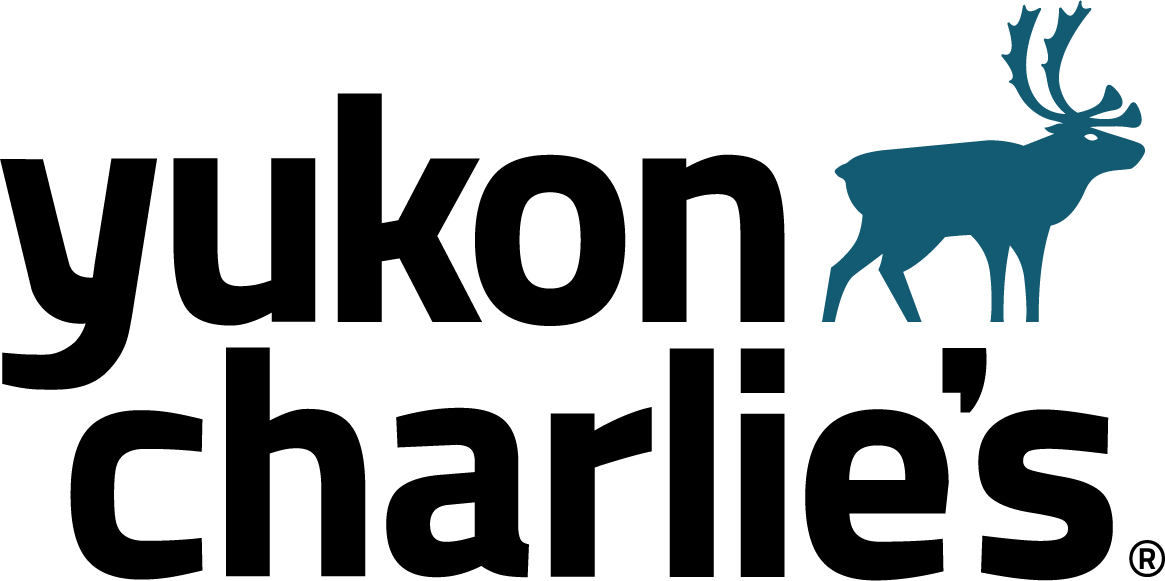 Snowshoeing is an exhilarating outdoor activity that can provide you with many hours of fun and exercise. When you follow some basic guidelines, it’s a safe and healthy activity. You need the right equipment and you have to pay attention to factors such as local regulations and the weather. Let’s look at some essential tips you should always keep in mind for responsible snowshoeing.
Snowshoeing is an exhilarating outdoor activity that can provide you with many hours of fun and exercise. When you follow some basic guidelines, it’s a safe and healthy activity. You need the right equipment and you have to pay attention to factors such as local regulations and the weather. Let’s look at some essential tips you should always keep in mind for responsible snowshoeing.
Be Familiar With the Terrain
In order to snowshoe in a responsible manner, you have to be familiar with the area. This helps you stay safe while also keeping the rights of others in mind.
- Always have a good map of the area. Don’t rely on high tech solutions such as smartphone apps, as they may not always work when you’re in the wilderness.
- Check weather conditions before setting out. This allows you to dress appropriately and to reschedule your session in the case of severe weather.
- Be aware of property boundaries and regulations. Only snowshoe in designated areas. If you aren’t sure, ask the property manager, resort staff or local authorities where you’re allowed to snowshoe.
Be Respectful of Others
As with other sports, there is a certain etiquette to keep in mind when snowshoeing.
- Only snowshoe on designated trails. Leaving the trail can be dangerous and it can also mean going on private property or disrupting the habitat of local wildlife.
- If you take a break, find a place to stop where you’re not blocking the trail.
- If you have a dog, make sure that pets are permitted wherever you go. Always keep your pets close by and under your control.
- Always ask permission before crossing private property.
- Be considerate of other snowshoers on the trail. Pass and let others pass in a safe and courteous manner.
Respect the Environment
As you enjoy your snowshoeing adventure, you should focus on having as little impact as possible on the environment.
- Keep your distance or tread lightly on historical or environmentally sensitive areas.
- Bring everything back that you came with. If you leave anything, such as food scraps or pet wastes, bury them in snow.
- Keep your distance from wildlife.
- Only camp out or build fires in areas where such activities are permitted.
Stay Safe When Snowshoeing
- Educate yourself about potential dangers. If you are in an area where avalanches occur, take an avalanche class to learn about how to stay safe. (Learn more about avalanche safety from AIARE: http://avtraining.org/)
- It’s safer and more fun to snowshoe with a friend or in a group. This ensures that someone can provide or call for assistance if there’s an accident or mishap.
- Avoid frozen lakes or other bodies of water. Even if they look safe, there’s always a chance that a crack could appear.
- Dress warmly and in layers.
- Pack a First Aid Kit





